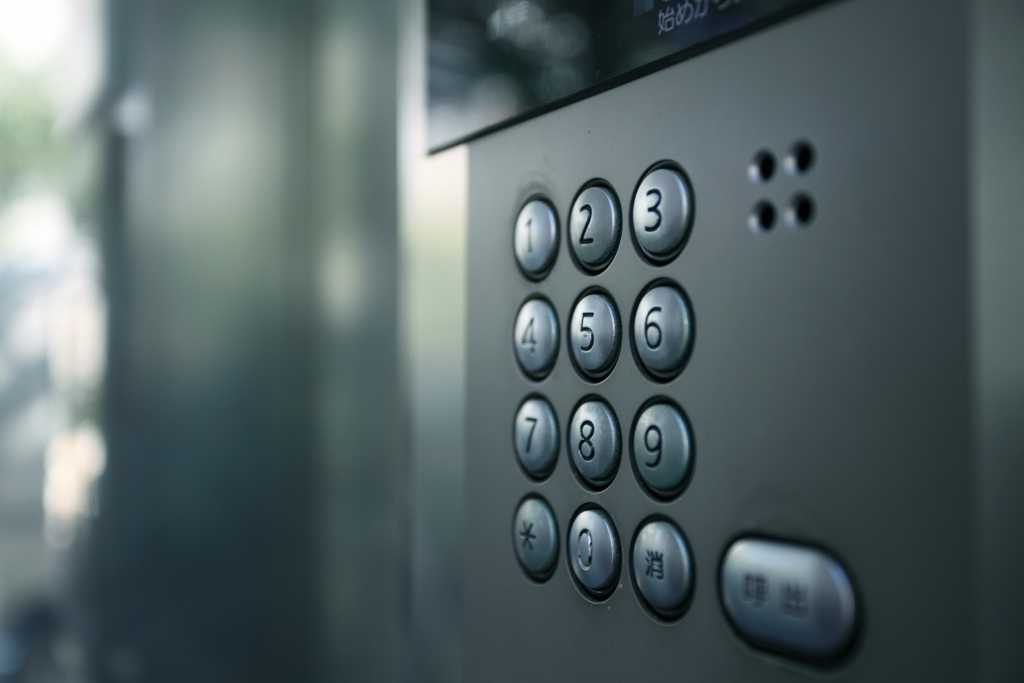The Future of Access Control Systems for Gates
In our previous article, published in 2015, several emerging technologies were discussed as advancements in the field of access control, including biometrics, smart bracelets and smartphone integration. Here is an update on the current status of these technologies – and others – in the access control industry.

Smart Bracelets
Smart bracelets are becoming a popular alternative to traditional access control methods such as key cards and keys. These devices typically use NFC (near-field communication) technology, which allows them to communicate with a reader at a distance of a few centimetres. Smart bracelets are worn on the wrist, making them easy to use and convenient for the person wearing it. Due to their hygienic, hands-free properties, they have been widely adopted in the healthcare, retail and hospitality sectors, with the COVID-19 pandemic being a contributor to this.
Smartphone Access Control Systems
Integration with smartphones and mobile devices is also gaining popularity in the access control industry. Many companies now offer mobile access control solutions that allow users to enter buildings, gates and rooms using their smartphones. These solutions use a variety of technologies such as Bluetooth, NFC, and QR codes to communicate with the access control system. Smartphone integration provides a more flexible and convenient way for authorised entry, and it also makes it easier for organisations to manage access control.
RFID
Radio-frequency identification (RFID) uses radio waves to communicate between a reader and a tag attached to an object or person, and has become increasingly popular in access control systems. RFID tags can be used in combination with other technologies, such as biometrics, to provide multiple layers of security.
Biometric Readers
Biometric technology uses unique physical characteristics such as fingerprints, facial recognition and iris scans to identify individuals. Many companies now offer biometric readers as an option for their access control systems, making it the norm in many industries, including government and healthcare. Biometric technology has become increasingly advanced, with new features such as liveness detection and anti-spoofing to prevent the use of fake fingerprints or photographs.
As machine learning is making waves within different industries around the world, there have been predictions that AI and ‘neural network technology’ will revolutionise wireless sensor security and access control, although this is set to be a while away yet.
Overall, it is clear that the technologies in this article have allowed for a more convenient, secure and efficient way of controlling access through gates and into buildings, rooms and other restricted areas. As things continue to evolve, it is likely that new and innovative ways of using these technologies will be developed, further improving the security and functionality of access control systems.
Here at Strand Systems, we pride ourselves on staying up to date with the latest changes in the industry. We offer a variety of access control systems, including biometrics and mobile phone access, tailoring our services to properties throughout London and the surrounding areas. Contact us today to find out more or to organise a survey.







